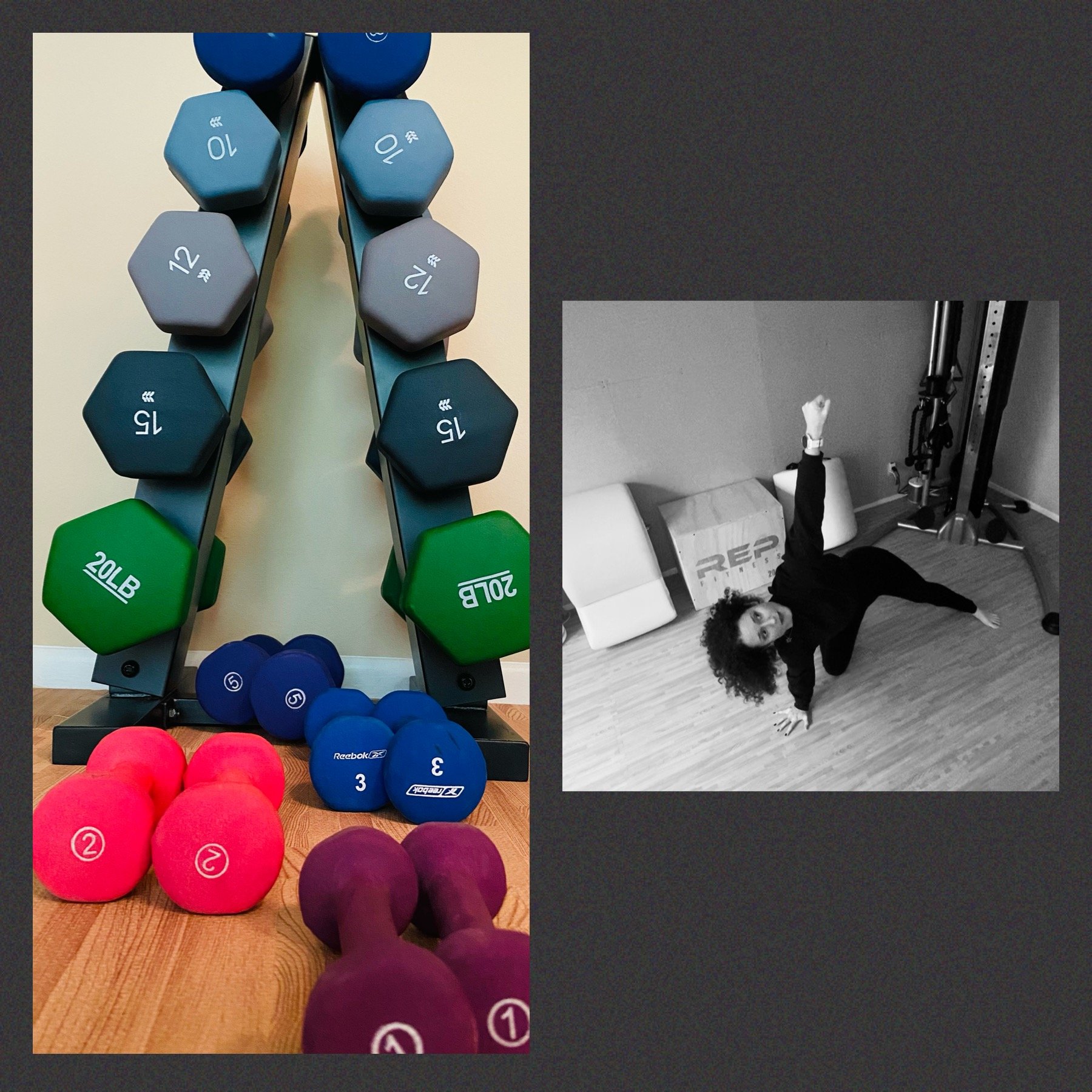Get on UP with a breakDOWN: Part 2
Hopefully for the last two weeks, you have been practicing your get up movement without weight. Good form and understanding of each step is very important, as well as having the basic required strength acquired before you load it up. If you haven’t started that journey, it doesn’t have to be January to start a new goal - you can start it HERE anytime. If you have been so diligent as to practice your get up as a January goal, your next step is here. You have earned the right to load it with weight. This creates a whole different strategy of work but you want to heed some precautions mentioned below.
Weight
Weight in this exercise acts like a feedback from gravity. It creates a force that we can never feel, but has a big effect on us over time. By adding weight, we create this force that help to strengthen the body as we go up, and creates the skill to decelerate for control as we go down. Power and deceleration are the ying yang to a complete body. Weights add healthy stress to stimulate bone growth as well as muscle. BUT I don't need to tell you smart people why that is important because you already know that!
Arm overhead breakUP
When starting to load your get up, start with a weight that feels easy at first. Holding the arm overhead is going to be a challenge in itself. The elbow needs to stay locked. I do hate the word “locked” when referring to any joint, but it is safer. Do an overhead weight test as your first step, start between 1-5 pounds, standing on two feet to see if you can hold the arm by the ear with a locked elbow. You certainly don’t want to lose control of a weight that is over your head! If you can’t hold that elbow in the locked position for at least 10-15 seconds, the weight is too heavy. For now! Heavy weights get easier over time if you stay consistent with them. Also to note, you need to have good upward rotational mobility of the shoulder blade. Picture this: When the arm is overhead, lift up your shoulder to accommodate that upward lift from the shoulder blade, as well as the upward lift from the collarbone in front. I would never, ever cue the shoulder down when the arm is overhead. So don’t. I also talked about it in detail in this post if you want to reread it and watch the amazing video I found. Your curiosity on scapular rhythm will be anatomically quenched!
Choose your LBs
After you have done the overhead weight test, choose what weight best sets you up for a good, but not impossible challenge. Do about 4 reps each side. You can either vary the reps or the weight, but they have an inverse relationship. So if it feels easy, do more reps. If you don’t feel challenged, add your next weight level and do less reps. You can practice your weight choice with the video from last week, which is below.
When you are finished, you should feel the whole body has worked. Perhaps getting on and off the floor has become easier. You can thank yourself for honoring a challenge and pat yourself on the back for attaining your January goal of The Get Up! YAY!!
